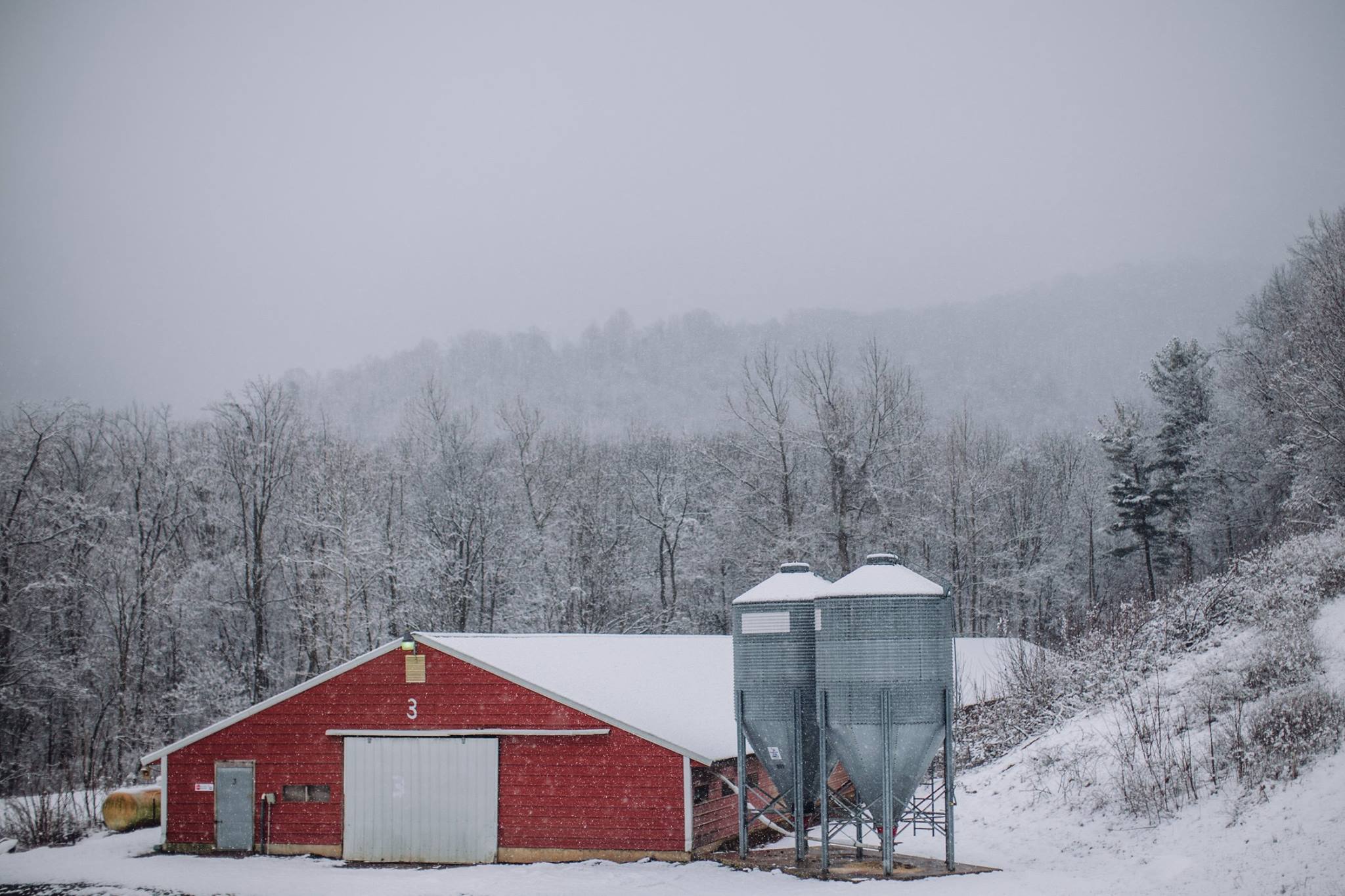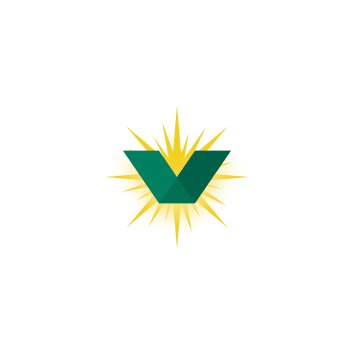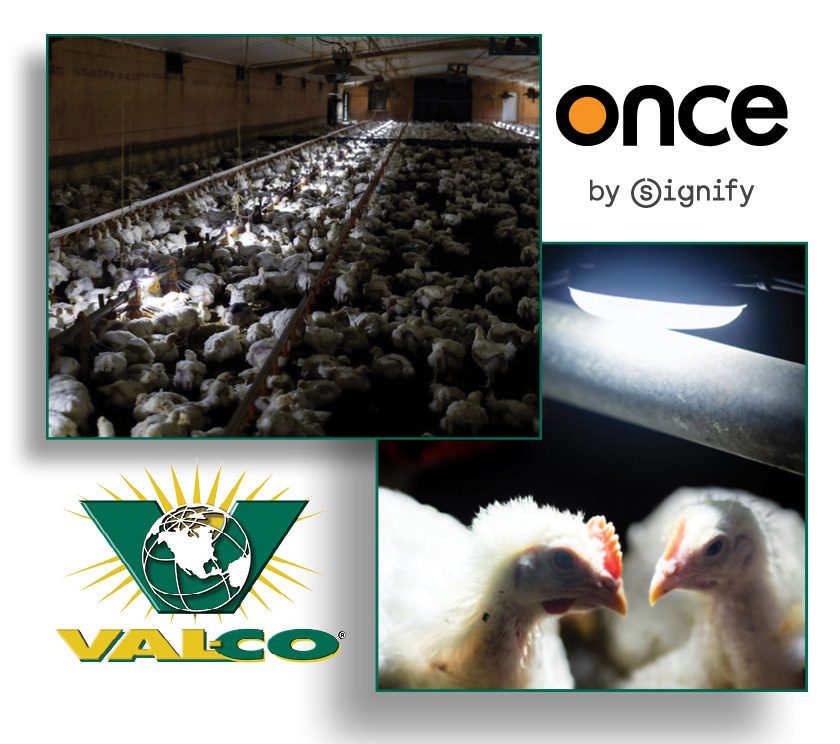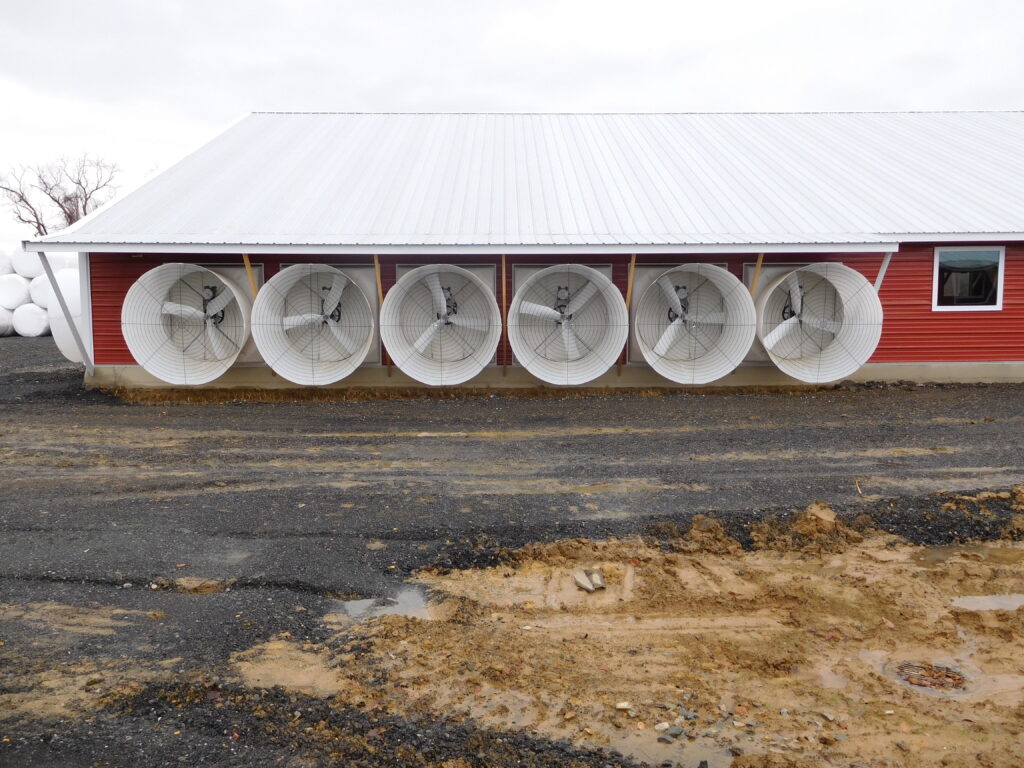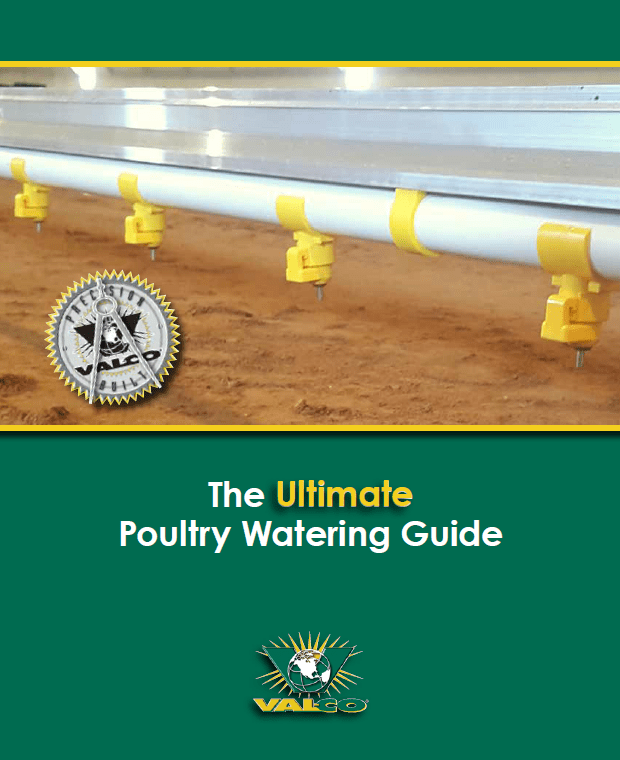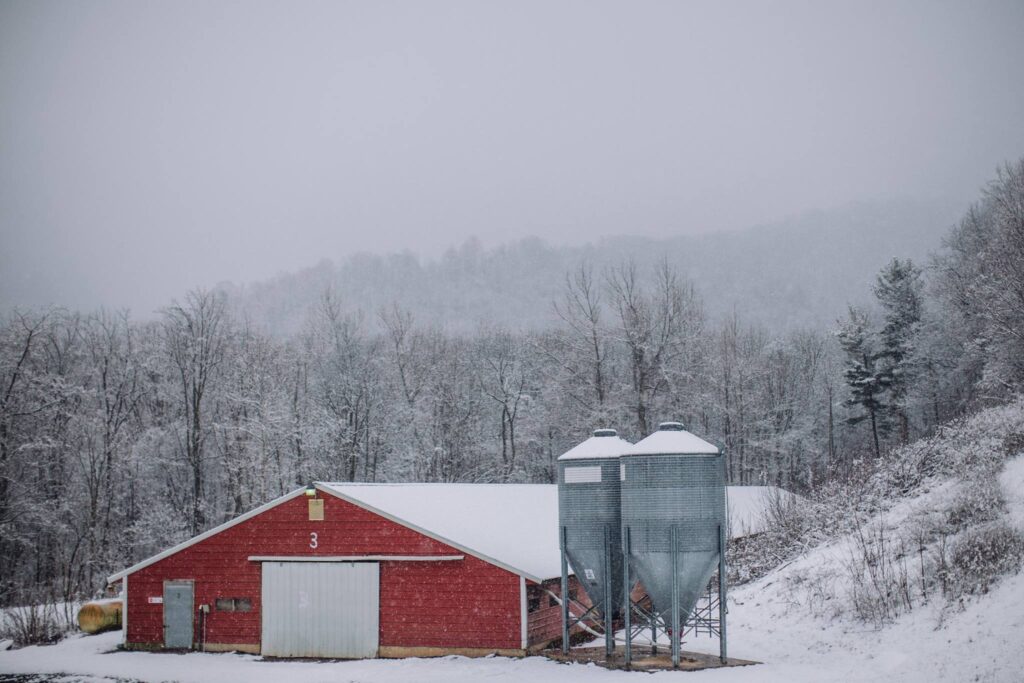 In cold weather, there are many factors that create a good environment for animals. Since one of the primary essentials for life is air, ventilation may be what immediately comes to mind. We must maintain the oxygen levels in the barn since oxygen is inhaled by the animals and used to produce energy needed to survive and thrive. Carbon dioxide, water, and waste are byproducts of these biological processes. For poultry, the uric acid in the bird’s waste and water in the litter react to produce ammonia and more carbon dioxide. Uric acid requires water to be converted to ammonia, so the industry has developed helpful guidelines for litter moisture and relative humidity levels to limit the ammonia. When you walk into a barn with high ammonia levels, it is an immediate reminder to consider your ventilation equipment.
In cold weather, there are many factors that create a good environment for animals. Since one of the primary essentials for life is air, ventilation may be what immediately comes to mind. We must maintain the oxygen levels in the barn since oxygen is inhaled by the animals and used to produce energy needed to survive and thrive. Carbon dioxide, water, and waste are byproducts of these biological processes. For poultry, the uric acid in the bird’s waste and water in the litter react to produce ammonia and more carbon dioxide. Uric acid requires water to be converted to ammonia, so the industry has developed helpful guidelines for litter moisture and relative humidity levels to limit the ammonia. When you walk into a barn with high ammonia levels, it is an immediate reminder to consider your ventilation equipment.
Another consideration at the forefront of cold weather is the heating system. When minimum ventilating to maintain good air quality, we are bringing in colder fresh air. Depending on the age of the birds and how much sensible heat they are producing, we must provide the balance of heat to maintain the desired room temperature. It’s important to provide an environment for the birds where they are using as much energy as possible for normal animal behavior rather than for maintaining their body temperature. Always check that heaters are working properly. It is also easy to see heaters that are not burning correctly because of the appearance of the flame, black soot around the unit. A quick inspection of the birds, heaters, and environmental sensors can quickly help us analyze the house environment.
Something often overlooked in cold weather is the watering system. If birds have free access to water all is well, right? In fact, watering can have a significant impact on the litter and air quality requiring adjustments in ventilation rates and consequently an increase in fuel usage. Remember one of the main considerations for minimum ventilation rates is moisture removal to reduce relative humidity and limit ammonia levels in the barn. In general, birds are consuming about 1.75 lbs of water per lb of feed, and only retaining about 20% of that water. This means 80% of the water ends up in the litter or air. How much water is that?
For example, a house of 24,ooo broilers chicks aged seven days will release 266 gallons of water back into the environment.

If we must remove more than 250 gallons of water just from the birds, then what happens is we introduce a watering system with leaking drinkers?
If there are 1600 drinkers that each drip at 0.1 ml per minute adds up to a spillage of 230,400 ml/day. Simply looking at drinkers depositing 2 drops of water per minute into the litter, the ventilation system would need to increase to remove an additional 60 gallons of water from the barn per day. At 7 days of bird age, this would add approximately 23% more moisture. Obviously the percentage increase from leaking drinkers decreases as the birds get older because they are using more water and the water from the leaking drinkers theoretically remains the same; however, this does show that issues with a watering system can have a much bigger impact in cold weather than one might think. Probably the most common causes of leaking drinkers are dirt in the system, high line pressure, or worn out drinkers. Two of these are easily addressed by ensuring filters are clean, line flushing is a regular routine, and system pressures are adjusted correctly.

Now, if just a few drips from drinkers can have this effect on the barn, it is easy to imagine the detrimental impact of waterlines that are set to the wrong height (where water is running out the bird’s beak and onto the floor rather than directly into their beaks and down their throats) or the impact of waterline pressure set too high where the flow rate output of the drinker is greater than the requirements of the bird – both of which dramatically increase the amount of moisture that must be removed from the barn. Improperly managed or maintained watering systems have an impact on the environment, especially in cold weather where ventilation rates are lower; therefore, monitor your watering system as it could be a significant contributor to a poor environment and have a negative impact on the animals and the operating costs through increased minimum ventilation rate requirements.
Learn to manage your watering system with our Ultimate Poultry Watering Guide!
